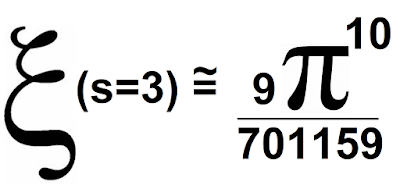ACC's Math Conjecture II

Another one for posterity: If N= 31622777 , then N^3 = 31622777 796632428411433, and that's the largest N that has such a property. I have tested this conjecture up to N's 100-digits long, and it holds true. Used the code below. If you can find a larger N, let me know. Thanks, ACC. using System; using System.Collections.Generic; using System.Linq; using System.Text; using System.Threading.Tasks; using System.Numerics; namespace SquareStart { class Program { static void Main(string[] args) { int power = Int32.Parse(args[0]); BigInteger factor = 1; BigInteger MAX = 1000000; BigInteger count = 0; for (BigInteger n = 1; ; n++, count++) { if (n % 10 != 0 && (BigInteger.Pow(n, power)).ToString().StartsWith(n.ToString())) { Console.WriteLine("{0} => {1}", n, BigInteger.Pow(n, power)); BigInteger temp = n; n = 10 * n - factor; if (n <= temp) { n = temp; } else {

